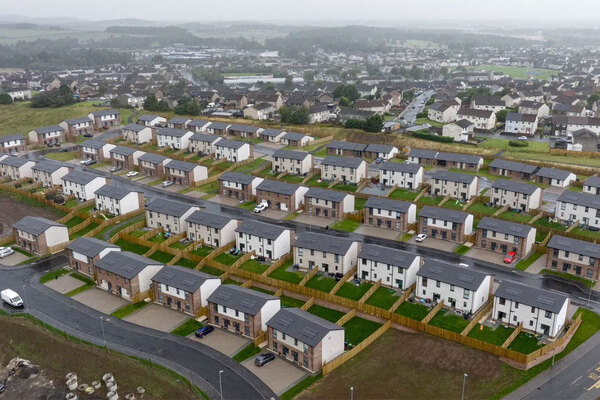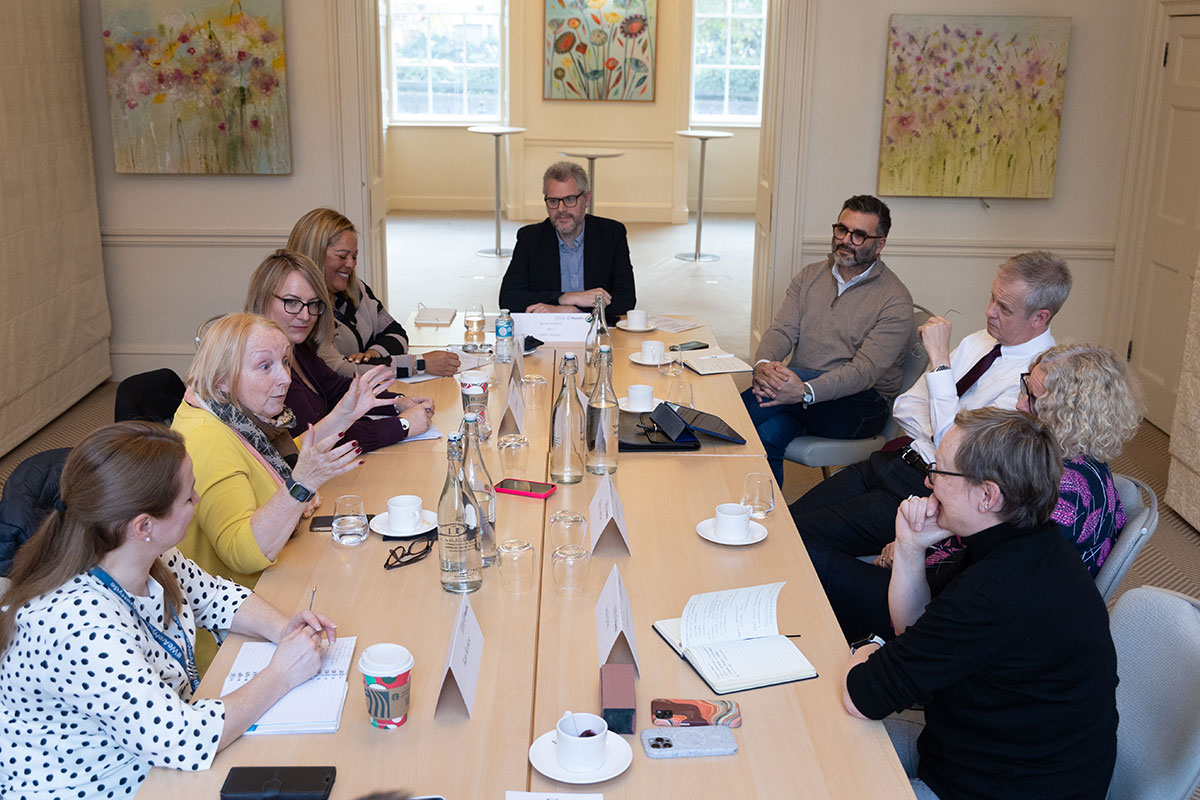Internet of Things devices start to make a difference
A national network of vetted installers means the industry can collaborate to provide landlords with invaluable insights, says Philip Taylor of Internet of Things device provider Switchee

In association with:
![]()
The promise of the Internet of Things (IoT) revolution is easy enough to describe. All housing providers need to do is install the right devices in enough of their properties, and a host of benefits – for landlords, residents and even the planet – will follow.
The real world is rarely that simple, however, especially when unfamiliar gadgetry is involved. One provider of IoT devices, Switchee, has identified a bottleneck that is hampering the roll-out of this technology: installing these devices can require expertise and resources that might not be available to the social landlords that have purchased them.
Last year, Switchee started working on a solution to this problem: a national network of vetted installers covering 98% of the country. It is now up and running – and it is starting to make a difference.
Inside Housing spoke to Philip Taylor, Switchee’s service and support manager and the brains behind the project, to find out more.
What are IoT devices, and what are their benefits?
By monitoring variables such as air pressure, humidity and temperature, IoT devices give housing providers knowledge and information about their properties that they otherwise wouldn’t have.
In our case, this data is ingested into our client dashboard, along with other data such as a property’s Energy Performance Certificate rating and weather data, and these are then converted into metrics such as mould, fuel poverty and heat-stroke risk and each property’s heat loss rate (HLR).
This helps landlords move from a reactive to a more proactive state, so they can address issues like damp and mould before they become complaints or the properties fall into disrepair.
It helps them spot properties that aren’t performing as well as they should – not just in terms of condensation, damp and mould, but properties that maybe aren’t insulated particularly well and are therefore costing their residents more money.
How is the roll-out of these devices progressing?
IoT devices and the digitisation of the data they gather provide landlords with invaluable insights. It enables them to have greater control over their properties, connectivity and communication with residents, and it also supports their businesses in their net zero objectives. For most housing providers, that’s a no-brainer. The industry is invested in this technology.
Are any obstacles holding up the roll-out of these devices into properties?
I was involved with a lot of client projects and planning in the early days, and two main topics kept coming up: capacity and quality. It wasn’t just that housing providers’ installers were still working through all the tasks they hadn’t been able to do during the pandemic, but also that the new legislation around damp and mould was stretching their internal capacity.
This can also affect Social Housing Decarbonisation Fund (SHDF) grants, which are provided on the basis that housing providers meet certain time requirements. The supply chain isn’t geared up to meet the strict deadlines mandated by schemes like the SHDF. Housing providers will lose that funding, and the residents are going to lose all the benefits that they would get from that technology going into their home.
So who’s going to manage the installation for them? In terms of quality, they might be happy to find an external installer to do the work, but how do they know they’re any good?
How did the installer network come into being?
We had working relationships across the UK with more than 100 housing providers that were, in turn, working with multiple installers. We know what makes a good installation, we had all these relationships in place and we thought, ‘Why not use that to benefit our clients?’
Initially, we built a framework around statutory requirements, health and safety, and data privacy. We also established our minimum expectations for installers within the network.
Earlier this year we recruited our first member – based on previous work they had done to an exceptional standard of quality – to carry out the first housing association project. Since then we’ve extended the network to cover 98% of the country, and the number
of installations has increased exponentially. We have active installations of thousands of devices under way right now.
How does the process work?
We use a tender process. We collect some simple information about what customers are looking for and then we approach network members that cover those postcode areas and get a quotation back to the customer within a couple of days.
Once everything is in place, the installers begin contacting residents to start booking appointments.
98%
National coverage of the Switchee installer network
How do you ensure the reliability and quality standards of installers on the network?
Members are invited based on their work history, first and foremost. They must have done previous work that we can verify with housing providers. They have to be certified and approved electrical installers. And we do ask them to become TrustMark registered for customer service, high standards and continual improvement.
Once they are partners, we look at lots of other data, for example, if we receive higher volumes of support calls as a result of a network installation. That gives us useful feedback.
What does the future hold for this approach?
We don’t just focus on our own devices; the installers on the network are specialists in their own right. Some are solar specialists, some of them are PAS 2035 [the framework for retrofitting buildings] specialists, so we are now able to connect people with those skills as well.
Ultimately, I think this is another evolution in the sophistication of our sector. It’s not just about getting some nice technology in people’s homes – it’s also about the industry as a whole collaborating to make this process easier, and thinking practically about how this technology works, how we install it, and how we get it working effectively.








